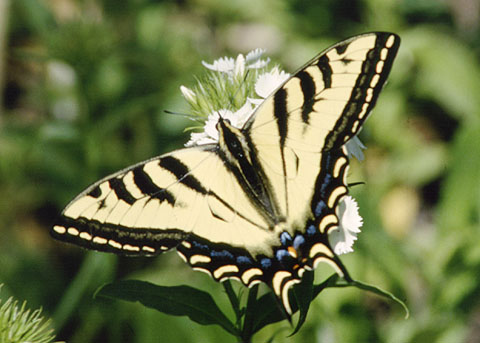 © Peter J. Bryant. |
Western tiger swallowtail Papilio rutulus Lepidoptera: PapilionidaeBack to Butterflies of Orange County, California |
Irvine Regional Park, Orange, Orange County, CA. 2-24-06. © Ron Hemberger
|
 Irvine Regional Park, Orange, Orange County, CA. 2-24-06. © Ron Hemberger |
 Irvine Regional Park, Orange, Orange County, CA. 2-24-06. © Ron Hemberger |
 Irvine Regional Park, Orange, Orange County, CA. 2-24-06. © Ron Hemberger |
 Peter's Canyon, Orange, Orange County, CA. 6-5-06. © Ron Hemberger |
 Peter's Canyon, Orange, Orange County, CA. 6-5-06. © Ron Hemberger |
 Peter's Canyon, Orange, Orange County, CA. 6-5-06. © Ron Hemberger |
 Peter's Canyon, Orange, Orange County, CA. 6-5-06. © Ron Hemberger |
 San Joaquin Freshwater Marsh, Irvine, Orange County, CA. 6-11-06. © Ron Hemberger |
Fullerton Arboretum, Fullerton, Orange County, CA. 3-25-07. © Ron Hemberger |
 San Joaquin Freshwater Marsh, Irvine, Orange County, CA. 6-23-08. © Ron Hemberger |
 Laguna Beach, Orange County, CA. 8/12/08. © Peter J. Bryant. |
 Fullerton Arboretum, Fullerton, Orange County, CA. 3-5-10. © Ron Hemberger |
 Fullerton Arboretum, Fullerton, Orange County, CA. 3-5-10. © Ron Hemberger |
 Larva (species not confirmed). Laguna Beach, Orange County, CA. 2010. © 2010 Pat Huff. |
 Holy Jim Canyon, Trabuco Canyon, Cleveland National Forest, Orange County, CA. © Robert Gorman. |
|
Characteristics: One of our largest butterflies. Yellow with black tiger-striped markings. Long tails on HW. Similar Species: The Pale Swallowtail (Papilio eurymedon) is similar in coloration pattern and is often found flying with rutulus in moist canyons. The Pale Swallowtail, however, is cream-colored instead of yellow, with black striped markings. Habitats, Behavior: This beautiful butterfly is often observed gliding lazily among the willows. When disturbed, its rapid flight capability becomes apparent. It is not often seen nectaring at flowers, although in the canyons it occasionally comes down to the wet sand and mud along a stream to sip water and nutrients (a phenomenon known as "puddling"). Distribution: Any moist canyon in Orange County usually has rutulus. A large colony exists at U. C. Irvine, due to the abundance of California Sycamore, a larval foodplant. It is occasionally found in the suburbs. "May wander into any habitat" (Pyle, 1974). Flight Period: Our records range from December through September. Judging from Orange County records, the summer brood is the largest. There are probably three broods at lower elevations. Larval Foodplants: California Sycamore (Platanus racemosa) is utilized on the U. C. Irvine campus and at many other locations. Cottonwood (Populus spp.) and willow (Salix spp.) may be utilized in Santa Ana Canyon and the moist canyons of the Santa Ana. From Orsak, L. J. (1977). The Butterflies of Orange County, California. Center for Pathobiology Miscellaneous Publication #3. University of California Press, New York. 349pp. |
|
